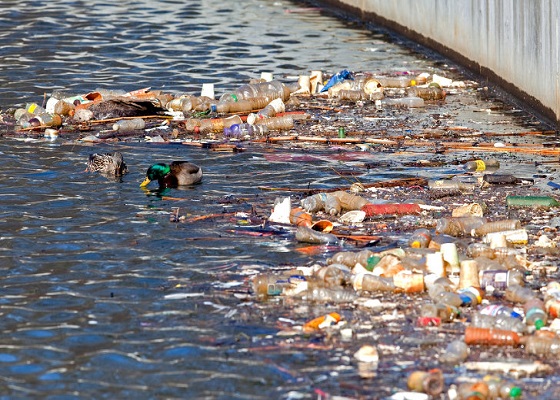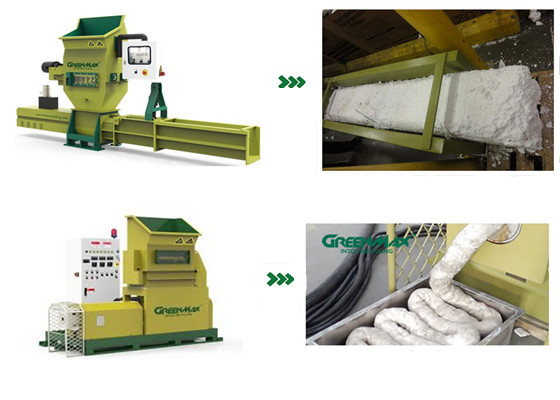Unexpectedly, Styrofoam materials have a completely different fate in different regions. Although several cities are imposing restrictions on foam products, other cities are calling for recycling. In fact, the reason for different fates is different ways of handling Styrofoam materials. This kind of material is large in size and low in density, but it is non-degradable. Traditionally, waste Styrofoam is usually burned or buried in landfills for disposal. However, this is not the ideal way. As long as you choose the right machine such as a Styrofoam densifier to recycle Styrofoam, this problem can be easily solved.

Recently, Washington DC, Baltimore City, Montgomery County, and Prince George County have passed Styrofoam bans. Styrofoam food packaging is a major component of waterway waste in Maryland. In the tidal waters of the Chesapeake Bay, the EPA has identified three areas: the Port of Baltimore, the Anacostia River, and the Eliza River and Beth River.
Since 2014, the Port of Baltimore has dismantled 702,017 Styrofoam containers. Among the materials extracted from the Anacostia River before reaching the Chesapeake Bay, Styrofoam accounts for 25-40% of the total garbage. Although EPS foam only accounts for 1% of the waste stream, it accounts for 10-40% of the garbage. Its fragility causes it to break into small pieces when it enters our environment, making it almost impossible to successfully remove it from our waterways. There is almost no Styrofoam collected by municipal roadsides in Maryland. Once Styrofoam becomes part of the waste stream, it will be blown into storm drains and rivers. It absorbs pesticides, fertilizers, and chemicals 10 times as much as other plastics, thereby increasing the risk of marine life being exposed to toxins.

Therefore, they introduced legislation restricting the sale and use of Styrofoam food packaging in Anne Arundel County and the City of Annapolis. The county and city bills will prohibit food service companies and institutions from providing food in Styrofoam packaging (cups, plates, flip tops), and prohibit the retail of these products in counties and cities.
In contrast, the City of San Diego studied the feasibility of launching its foam recycling program, then consulted to conduct a study. To their surprise, if they started implementing a Styrofoam recycling program, the city would spend $290,000 a year, but the waste would not be reduced much. This will only bring profits to those Styrofoam manufacturers.
“One of the big winners of the new program is the manufacturer of Styrofoam,” Ry Rivard reported. Dart Container Corporation, a plastics manufacturer that has spent more than $200,000 in donations to local political campaigns and lobbying the San Diego City Council in recent years.
This is not the best idea. Styrofoam recycling is not only for environmental protection but also for economic development. “As the biggest beneficiary of this program, we have a responsibility to make our recycling program better. It can benefit more companies.” said the manager of Dart Container Corporation.

Economic development needs to be based on environmental protection. Therefore, we need a more efficient Styrofoam recycling method to deal with environmental issues. Foam densifier, a specialized Styrofoam recycling machine for processing materials, is becoming more and more popular. Compared with prohibiting the use of Styrofoam products, it is wiser to use Styrofoam recycling machines.